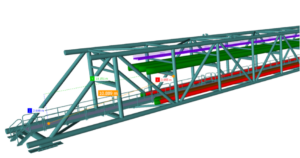Projects
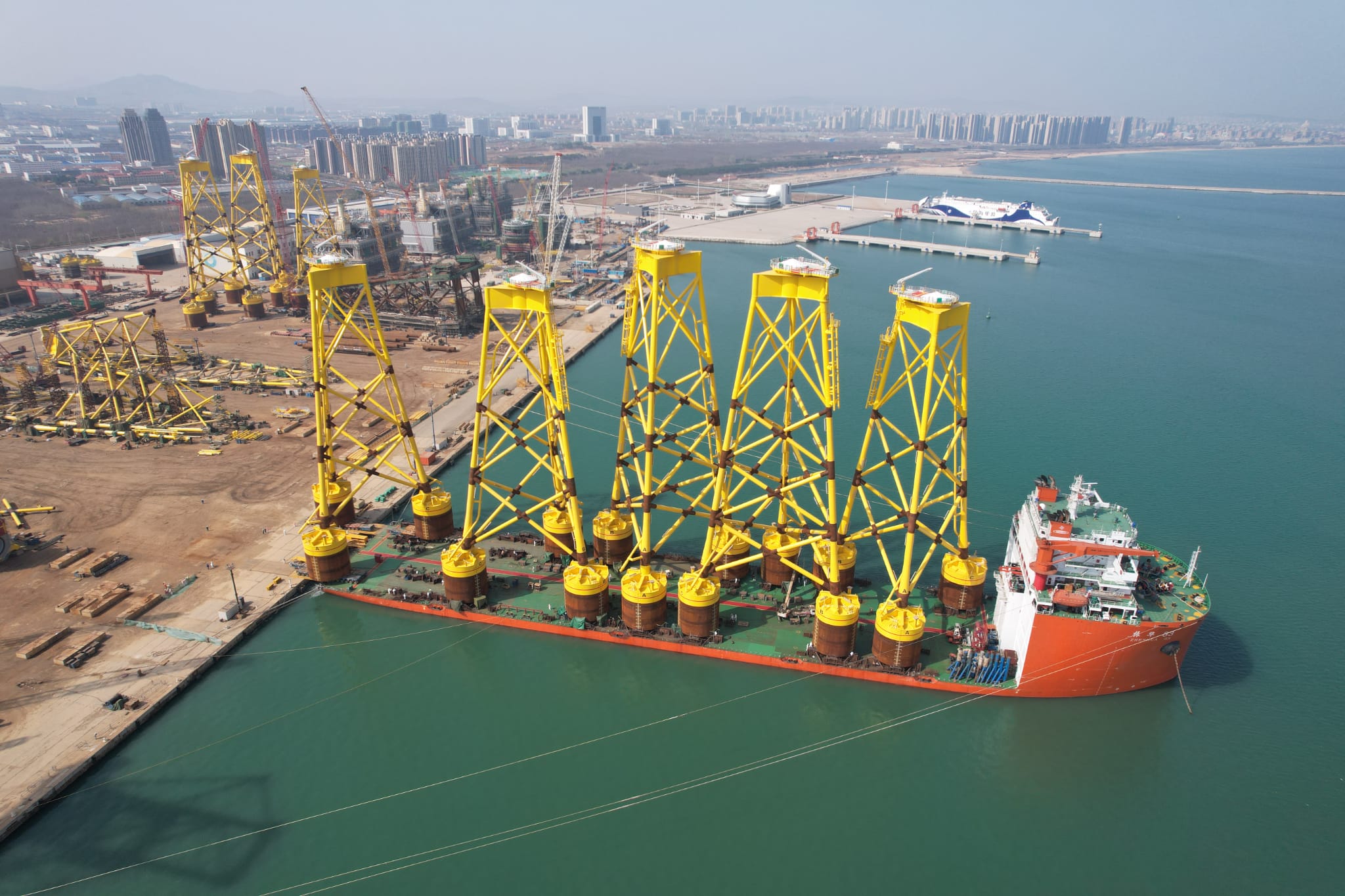
Seagreen offshore wind farm
T&I Support
Seagreen offshore wind farm T&I Support
Seagreen is Scotland’s largest offshore wind farm (OWF) and the world’s deepest fixed-bottom OWF. Seagreen has 114 turbines with a total generating capacity of 1075 MW (Vestas V164-10MW Turbine) and it’s located 27 kilometers from the coast of Angus in the North Sea.
The scope comprised the transportation of the suction bucket jacket foundations (of around 2500tons) from fabrication yards in China and Dubai to Marshalling yard in Scotland using Heavy Transport Vessels (HTV’s). From the Marshalling yard, the jacket foundations are transported in Barges to the offshore installation site.
Lanza Engineers has provided FEM Engineering, Project Engineering and Field Engineering support during Structural design and Installation phases. This included, but not limited to:
- Strength capacity of the suction caissons during transportation for several grillage concepts
- Non-Linear elastic-plastic analysis and linear buckling eigenvalue analysis of the suction caissons during transportation
- Grillage & Sea fastening Structural review
- Grillage fatigue analysis during transport including hogging and sagging
- Load-out to HTV’s at ship yards using SPMT’s
- Load-in at Marshalling yard using SPMT’s
- Procedures for cutting, inspecting (incl. NDT) and repairing grillages between voyages
- Liaison with Yard, client, MWS and HTV crew for transporting of Cargo (Jackets)
- Load-out of jackets into barges for final Installation at site with Saipem 7000
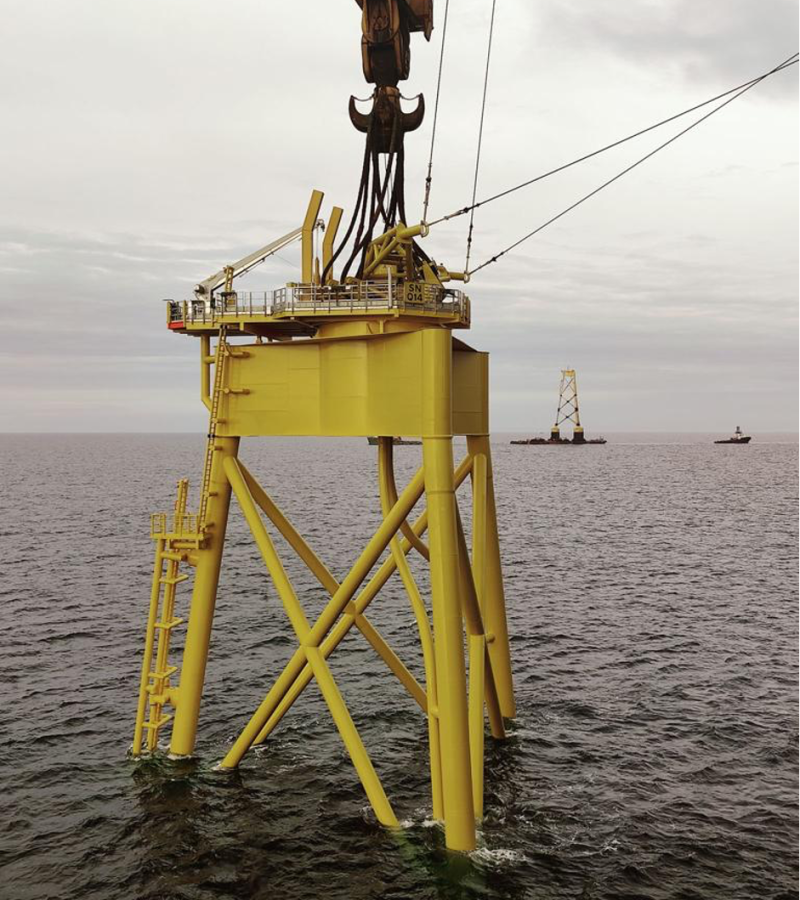


Dogger Bank offshore wind farm Transition Pieces T&I Support
Dogger Bank offshore wind farm Transition Pieces T&I Support
The Dogger Bank offshore wind farm is located in the North Sea, more than 130 kilometers of the Nort East coast of England. Dogger bank is being built in three 1.2 GW phases which will have a total installed capacity of 3.6 GW (GE’s Haliade-X 14MW Turbine).
Lanza Engineers has provided Structural and Project Engineering support for all Dogger Bank phases (A, B and C.) The scope comprised of the following:
- Transition Piece Alignment Guides Concept, Basic & Detailed Engineering:
- Evaluation of different Concepts
- Ansys linear and non-linear FE models
- Hand Calculation validations
- Fabrication drawings and fabrication supervision
- System Installation on ship yard
- Successful remote alignment system for TP/MP bolt holes
- Development & Evaluation of different concepts for TP lifting and installation
- Development of concepts
- SACS and ANSYS calculations
- Validation with hand calculations
- Concept Selection



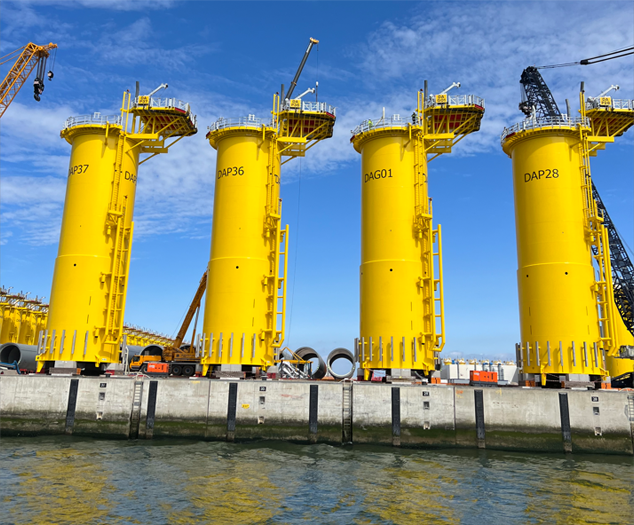

EREBUS Floating Wind FEED Study
EREBUS Floating Wind FEED Study
The EREBUS project will feature between seven and ten 12MW offshore wind turbines on WindFloat® floating platforms located approximately 44 km southwest of the Pembrokeshire coastline in the Celtic Sea.
Lanza Engineers supported Principle Power during the Concept and FEED phases of the Erebus Project with the following engineering work:
- Grounding Analysis of the Floating Platform; this analysis consisted of a structural assessment to the primary structure of the WindFloat® floating platform during specific conditions.
- Dropped object simulation; this analysis simulates the impact of falling objects onto deck structures. Deck structures capacity to withstand and dissipate the energy from a dropped object is assessed in this analysis.
All the structural analysis mentioned above have been performed in ANSYS.

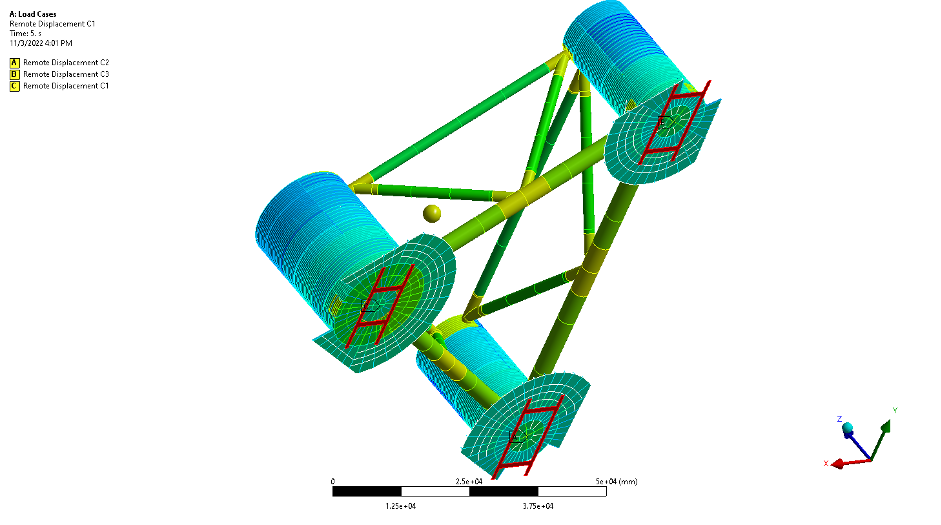
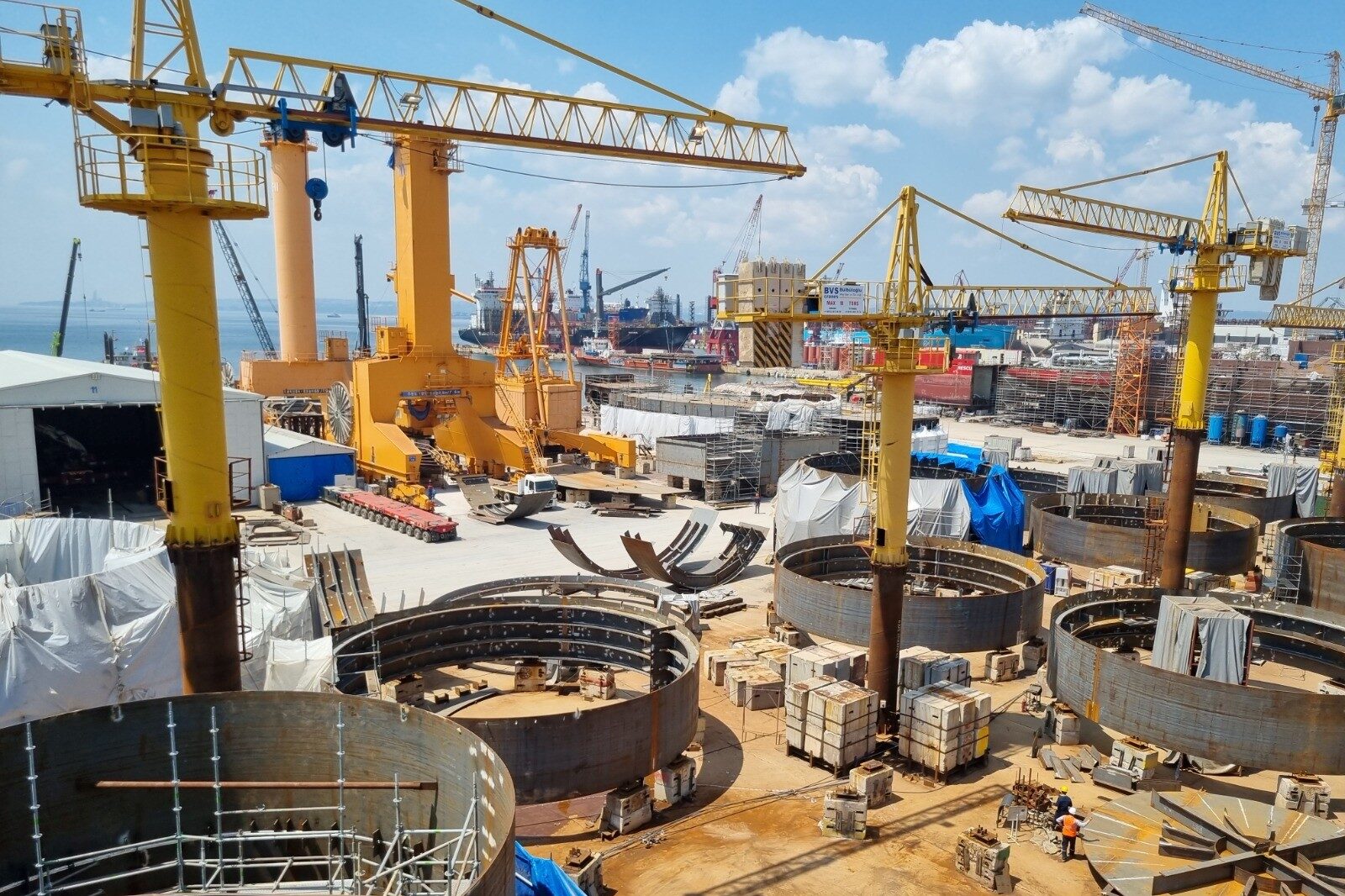
EFGL Floating Wind Engineering and Construction support
EFGL Floating Wind Engineering and Construction support
Les Éoliennes Flottantes du Golfe de Lion (EFGL) project features three 10 MW offshore wind turbines on three WindFloat® Floating Platforms, 16 kilometers from the coast of Leucate and Le Barcares in the French Mediterranean.
Lanza Engineers supported Principle Power during design and execution phase of the EFGL Project with the following engineering work:
- Global Strength Analysis (GSA) of the Floating Platform
- Global Fatigue Analysis (GFA) of the Floating Platform
- Detail Engineering of Secondary and Tertiary Structures on the Floating Platform
- Engineering support during fabrication stage
All the structural analysis mentioned above have been performed in ANSYS. All the post-processing of results was carried out with Python, Matlab and MathCad tools developed in-house.
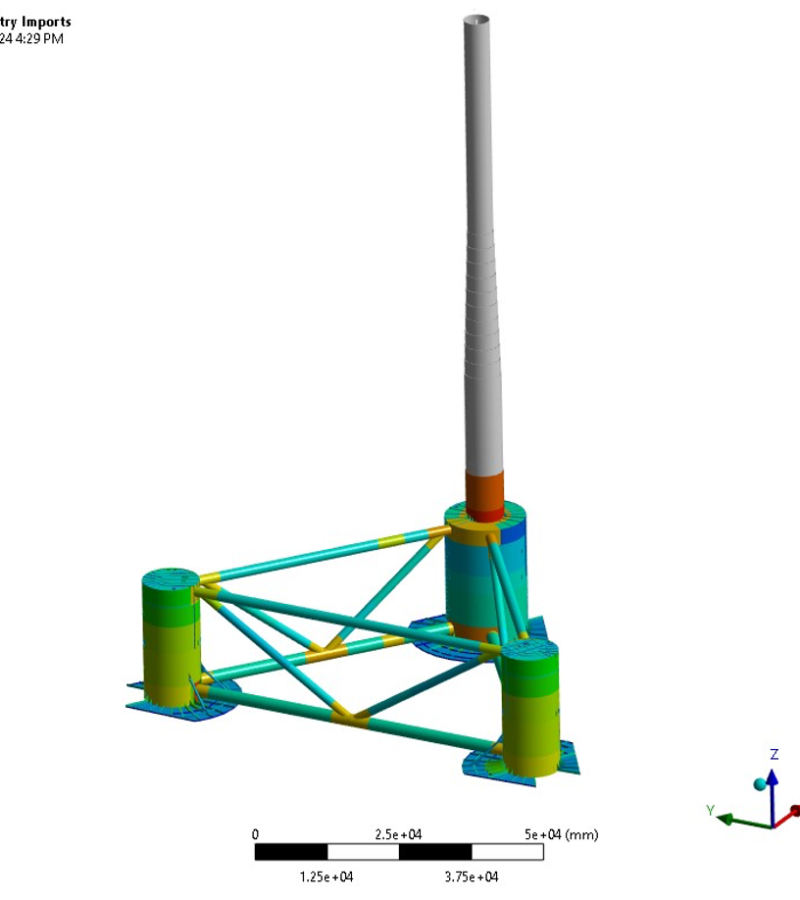


Self Installing Platform (SIP) for Gas Offloading in Germany
Self Installing Platform (SIP) for Gas Offloading in Germany
Lanza Engineers supported KCI The Engineers performing a conceptual design of a Self-installing Regas Platform (SRP) to be used as an offshore LNG terminal in North Germany.
The structural assessment of the SRP was performed in SACS. In-place conditions analysis was caried out based on the preliminary information provided by the client.
The aim of this conceptual design included the assessment of the following systems:
- SRP’s leg guiding structure
- SRP’s jacking system capacity and integration
- SRP’s leg cross-section
- SRP’s leg cross beam and leg suction cans (foundations)
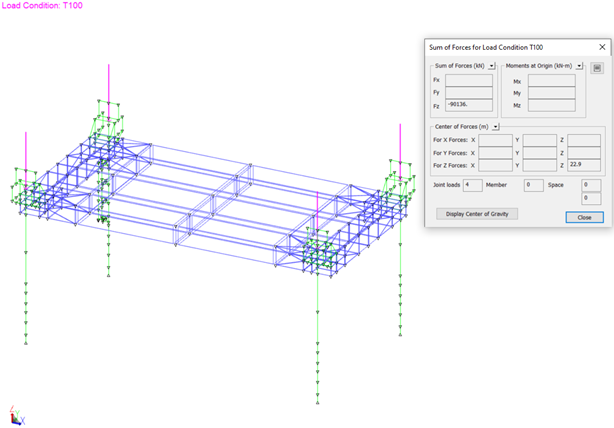
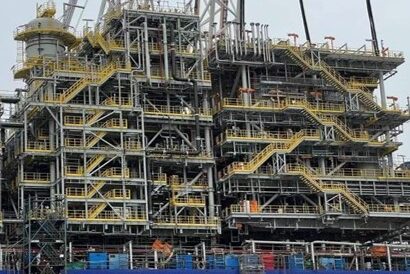
FPSO Anna Nery
FPSO Anna Nery
The FPSO Anna Nery is installed offshore Brazil, in the Marlim Field of Campos Basin. The Unit heading is 195° relative to true North and water depth at location is 927 m. EPC contract 5 topside modules.
The total weight of the 5 modules is approximately 10,000 metric ton and contract value is approximately 100 million USD.
Lanza Engineers has provided Structural and Project Engineering Calculations for:
- SACS model and structural concept
- Operating & pre-service analyses. Including blast and simplified fatigue and corresponding drawings
- Impact of Turbine’s Vibration on Module using FE and evaluating frequencies from 0 – 80Hz
- Secondary Structure Calculations, Pipe Supports, Pipe racks, etc.
- Liaison with fabrication yard and site queries and third party certification
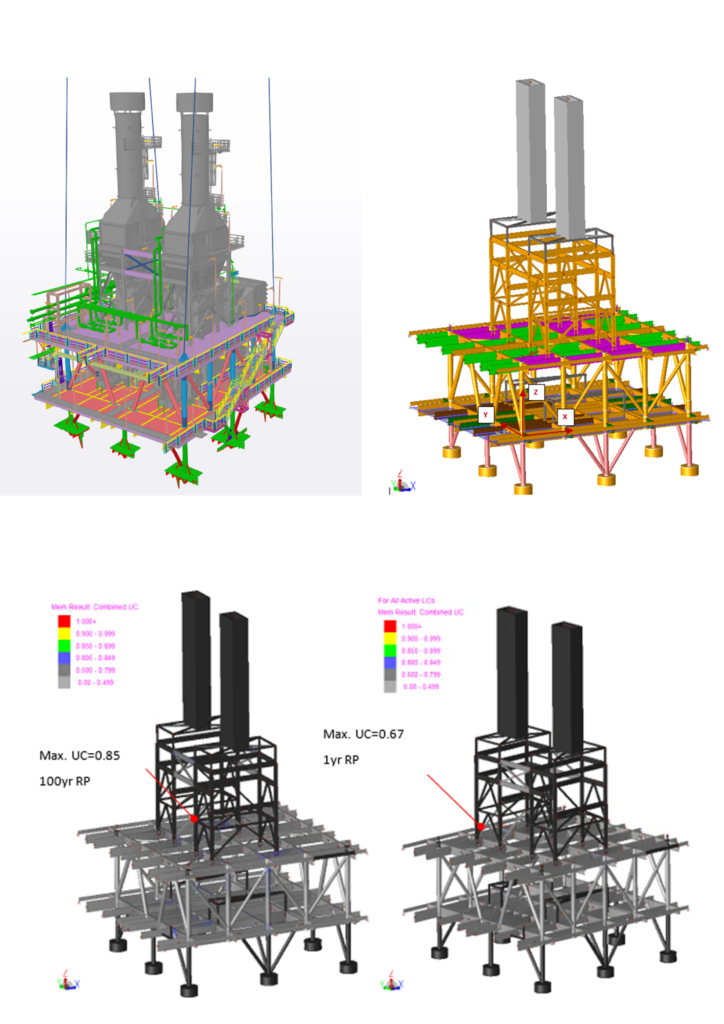

Concept and Basic Engineering for Green Field Compression Hub for Middle East
Concept and Basic Engineering for Green Field Compression Hub for Middle East
Lanza Engineers supported The Concept & Basic Design package Comprised of a multidiscipline approach in order to come up with the optimal hub configuration for the field. In addition, Lanza Engineers BV carry the structural design for the items below:
Compression Platform
- 12,000 metric tonnes Compression topsides to be installed by float over operation
- Inplace Analysis
- Transport Analysis
- Seismic Sensitivity
- Jacket to be installed by Launch
- Inplace Analysis for skirt and through pile Jackets
- Transport Analysis
- Seismic Sensitivity
- Boat Impact
Power Utility Platform
- Topsides to be installed by float over operation
- Inplace Analysis
- Transport Analysis
- Seismic Sensitivity
- Jacket to be installed by Lifting or Launch
- Inplace Analysis for skirt and through pile Jackets
- Transport Analysis
- Seismic Sensitivity
- Boat Impact
Bridges
- Bridges to be installed by Lifting operation
- Inplace Analysis
- Lift Analysis

